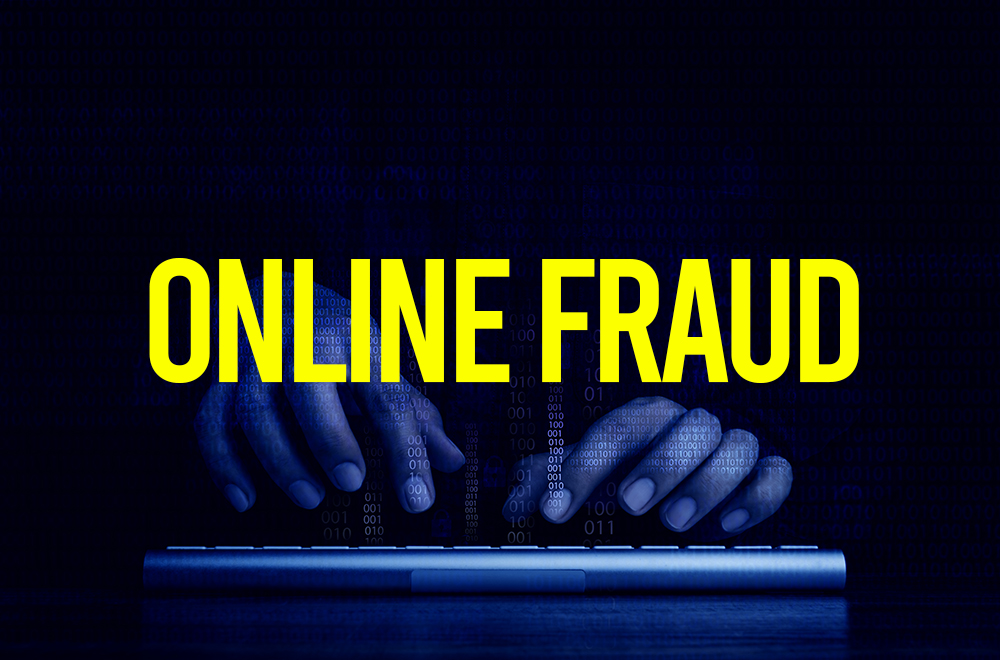The advancement of technology and internet have transformed the way businesses operate, and ushered new trends in transactions.
However, this progression has also been misused by unscrupulous individuals as a mechanism to dodge taxes through vices like; document forgeries, invoice trading, missing traders, sales suppression, EFRIS system tampering, and code misclassification.
This has forced URA to launch intelligence networks to match the digital trends through tax audits and financial investigations. Digital evidence presents unique elements that necessitate special initiatives to be considered when dealing with evidence.
The intangible nature of data obtained in electronic form is volatile and fragile, and the ease with which it can be created, altered, deleted or lost, all pose challenges to the integrity of digital evidence.
Tax administration initiatives like EFRIS have been countered with copycat systems which affect URA data. Dubious persons opt for this illegal means with the aim of lessening the tax burden.
Cognizant of the challenges, URA has employed the skills, tools and techniques to crack and close the revenue leakages caused by tax crime schemes.
In the earlier days of systems innovations, once a crime was committed using a computer, it was considered almost impossible to recover relevant data to solve a case. This was so because there was no legitimate method to help extract and process electronic data or evidence to be presented in the courts of law.
In 2008, URA embraced the practice of digital forensics as a tool to support investigations and audits. Here, the Science function was employed to identify, preserve and document computer evidence which can be used in court.
Between 2008 and 2010, a fully equipped forensics laboratory was established with the industry’s best practice tools, techniques, procedures, and highly skilled staff. The authority’s efforts in this area have achieved remarkable milestones making the operations of the tax crime fraudsters a glooming nightmare.
Deleted, hidden and modified computer data (documents, emails, social media and internet activity) no longer offer a technical advantage to the fraudsters and tax evaders because the digital forensic tools applied in the lab can now recover and bring to light what was concealed to the human eye. The digital forensic tools deployed by URA can access data from numerous sources including; computers, mobile devices and cloud platforms of persons under investigation.
URA has registered tremendous success in holding accountable the fraudsters who cause revenue loss and leakages in the country. In 2012 for instance, the taxman used digital forensic evidence to net four dubious individuals on offences relating to unauthorized access of URA systems. These were subsequently sentenced to 12 years in prison.
Under declaration, which was rampant in the gaming and betting business, created billions of undeclared revenue that was recovered by URA. This has been possible with the application of advanced tools for digital and mobile forensics.
Tax fraud and financial crimes have increasingly become digital in nature presenting an avenue for revenue leakages which ultimately impacts on the annual collection targets. Digital evidence is a significant aspect of today’s financial investigations and as we collect tax revenue from various business channels in Uganda, digital forensics shall keep plugging the leakages bit-by-bit..
Source: https://thetaxman.ura.go.ug/

